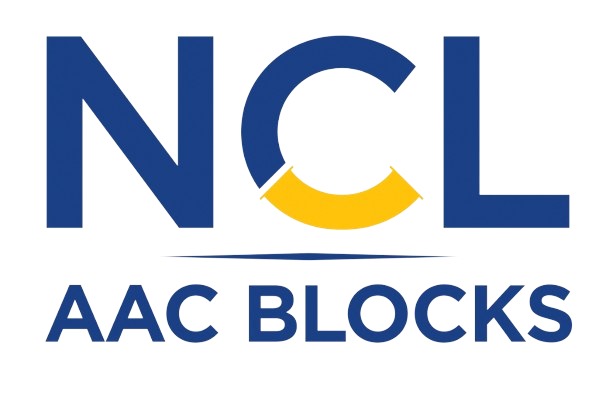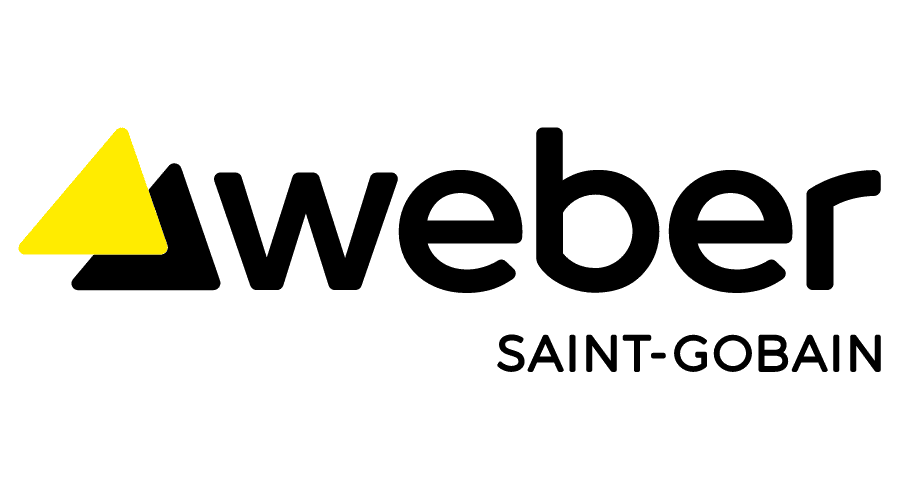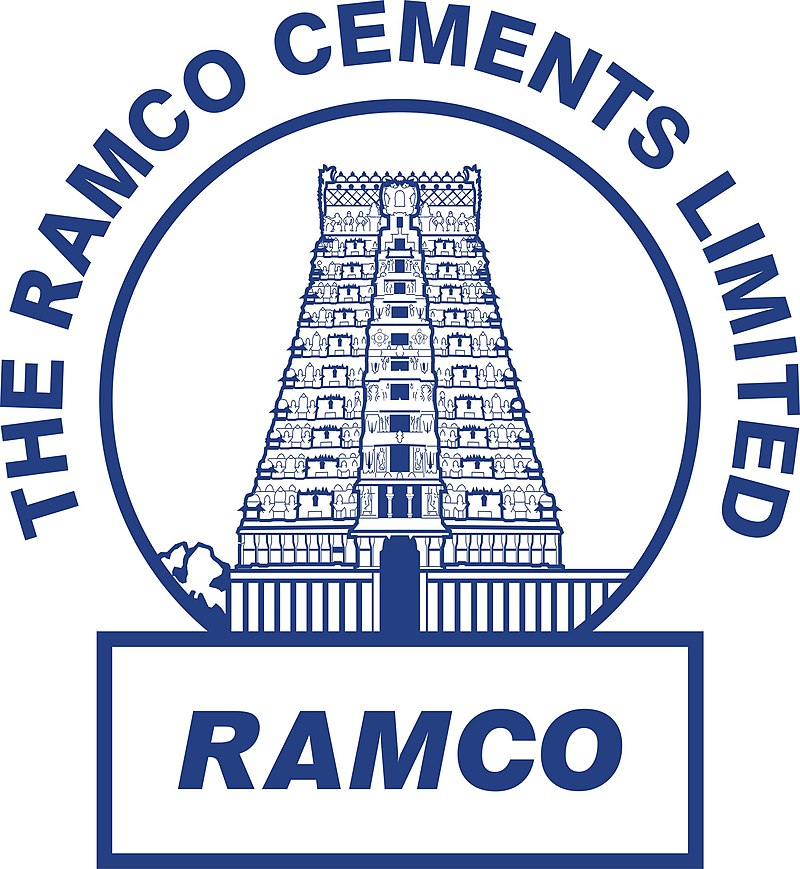AAC Blocks & Joining Mortars
Joining Mortars
Description
AAC is a concrete-based material used for both exterior and interior construction. One of its advantages is quick and easy installation because the material can be routed, sanded, or cut to size on-site using a hand saw and standard power tools with carbon steel cutters
AAC is well suited for high-rise buildings and those with high-temperature variations. Due to its lower density, high-rise buildings constructed using AAC require less steel and concrete for structural members. The mortar needed for laying AAC blocks is reduced due to the lower number of joints. Similarly, less material is required for rendering, due to the dimensional accuracy of AAC. The increased thermal efficiency of AAC makes it suitable for use in areas with extreme temperatures, as it eliminates the need for separate materials for construction and insulation, leading to faster construction and cost savings
Even though regular cement mortar can be used, most of the buildings erected with AAC materials use thin bed mortar in thicknesses around 3.2 millimeters (1⁄8 in), depending on the national building codes. AAC materials can be coated with a stucco or plaster compound to guard against the elements, or covered with siding materials such as brick or vinyl
AAC Stands for Autoclaved Aerated Concrete
AAC blocks are the new favourite building material of the construction industry These blocks are lightweight, energy-efficient, fire-resistant and an excellent thermal insulator. The blocks are extremely lightweight and thus suitable for internal as well as external construction. Aerated concrete blocks are ideal for all kind of structures such as schools, hospitals, hotels, offices, independent housing and apartments. The buildings constructed with AAC blocks are also known as environmentally friendly buildings and these buildings don't require curing and plastering. AAC was developed in 1924 by a Swedish architect, who was looking for an alternate building material with properties similar to that of wood - good thermal insulation, solid structure and easy to work with. Autoclaved Aerated Concrete blocks are manufactured by recycling fly-ash. Fly ash is mixed with cement, lime, water and an aerating agent.
Life Cycle Cost of AAC Blocks
- AAC Blocks: Generally higher initial cost due to manufacturing and transportation, but reduced lifecycle costs because of lower energy bills due to better insulation, and less structural support requirement due to lightweight.
- Red Bricks: Moderate initial cost but potentially higher life cycle costs due to poorer insulation properties requiring more energy for heating and cooling, and higher maintenance.
- Flyash Bricks: Lower initial cost and potentially lower lifecycle costs due to good insulation properties and durability. Cost-effectiveness also comes from the utilization of industrial waste.
- Solid Blocks: Moderate to high initial costs, with variable lifecycle costs depending on the specific application, maintenance, and energy efficiency. Energy Efficiency
- AAC Blocks: Excellent energy efficiency in both production (less energy-intensive due to autoclaving) and use (high thermal insulation).
- Red Bricks: Lower energy efficiency due to high energy requirements for kiln firing during production and lower insulation properties.
- Flyash Bricks: Moderate to high energy efficiency; production is less energy-intensive than red bricks and they offer better insulation properties.
- Solid Blocks: Energy efficiency varies; production can be energy-intensive, but insulation properties can be optimized with the right mix. Resistance to Natural Forces
- AAC Blocks: Good resistance to earthquakes due to lightweight, and good resistance to fire and pests.
- Red Bricks: Moderate resistance to earthquakes due to heavier weight, good fire resistance, but susceptible to pests.
- Flyash Bricks: Similar to AAC blocks, they offer good resistance to earthquakes, fire, and pests.
- Solid Blocks: Good resistance to earthquakes if properly reinforced, and good fire resistance; pest resistance varies based on material composition.
Compatibility with Other Materials
- AAC Blocks: High compatibility with a wide range of construction materials and systems due to their versatility and adaptability.
- Red Bricks: Good compatibility with traditional construction materials but may require specific mortar types for optimal performance.
- Flyash Bricks: Good compatibility, especially with green building materials, supporting sustainable construction practices.
- Solid Blocks: Generally good compatibility, though considerations for weight and structural support may dictate specific pairing with other materials.
Global Availability and Local Preferences
- AAC Blocks: Widely available in many regions, with growing popularity in Europe and Asia due to their environmental benefits and performance.
- Red Bricks: Traditionally favored in many parts of the world, availability can vary based on local clay resources.
- Flyash Bricks: Availability is tied to regions with coal power generation, where fly ash is a by-product.
- Solid Blocks: Widely available, with preference varying based on local construction practices and material availability












